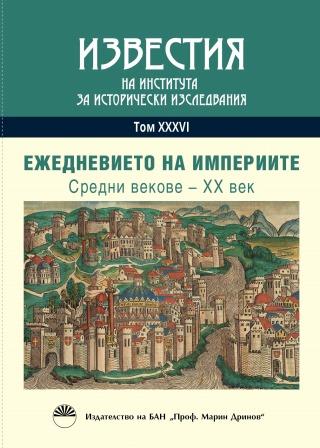Портрет на базовия селянин в провинция Румелия през ХVІІ–ХVІІІ век
Portrait of the Basic Peasant in the Province of Rumeli in the Seventeenth and Eighteenth Centuries
Author(s): Stefka ParvevaSubject(s): History, Local History / Microhistory, 17th Century, 18th Century, The Ottoman Empire
Published by: Институт за исторически изследвания - Българска академия на науките
Keywords: basic peasant; family; village house; farm and livestock
Summary/Abstract: The basic peasant is the one that the Ottoman government had in mind when constructing the production structure in the villages and the system of taxation on the basis of certain quantitative parameters. These parameters were structured in a way to allow the normal functioning of the economic structure known as the çift-hane system. It consisted of three interrelated elements: the household, which provided labor, a pair of oxen, and arable land (raiyet çiftlik). These three elements formed an indivisible agrarian and fiscal unit. In order for it to function properly, each of the elements had to meet certain conditions. The paper aims to outline the profile of this basic peasant in the context of the overall configuration of home, family and farm. The sources on which this study is based, are inheritance inventories of deceased peasants from the villages of kaza of Sofia, Ruse and Vidin from the 17th – 18th century, transactions of residential properties registered in the kadı sicils, Ottoman laws, European travelogues and others.
Journal: Известия на Института за исторически изследвания
- Issue Year: 36/2021
- Issue No: 1
- Page Range: 77-105
- Page Count: 29
- Language: Bulgarian

